A Review: The Inter-borough Express (IBX)
The Project That Could Change How New Yorkers Move Outside Manhattan
A lone evergreen-colored New York & Atlantic Railway diesel locomotive sat in front of a banner reading “Future Home of IBX” during Governor Hochul’s August 1st announcement that the Interborough Express (IBX) would move forward.
Alongside the announcement came a project map, station list, and shiny new renderings: a 14-mile alignment with 19 stations, running end to end in 39 minutes.
How did we get here?
Queens and Brooklyn together are home to nearly 5 million people, meaning each borough on its own would rank as the third or fourth-largest city in the U.S. And yet, outside of the G train (which barely enters Queens), there’s no direct rail link between the two. That’s not just inconvenient, it’s an absurd and massive policy failure.
The Regional Plan Association (RPA) first floated the idea of a Brooklyn–Queens–Bronx crosstown line back in the late 1990s, with possible extensions to Staten Island via a tunnel. They revived the concept last decade, and momentum built. By 2021, the MTA launched a formal study, and four years later, we’ve got a project: a new line running from Brooklyn’s Army Terminal to Jackson Heights, Queens, called the Interborough Express, or IBX for short. (Notably, the Bronx is left out, more on that later.)
So why this route? Two reasons:
It directly connects Brooklyn and Queens.
It already exists, a grade-separated, trenched freight rail right-of-way running from the Northeast Corridor through some of the densest and most diverse neighborhoods in the country. For an agency that built the most expensive mile of subway tunnel in world history, sticking to existing right-of-way makes a lot of sense.
The Cemetery That Nearly Killed This Project
The All Faiths Cemetery on Metropolitan Avenue sits directly above a key rail tunnel. The existing tunnel isn’t wide enough for subway cars or light rail vehicles, which led to some wild proposals, including routing the IBX onto the street at this section to avoid the tunnel entirely.
Thankfully, after significant pushback, the MTA scrapped that idea at the end of last year and instead committed to building a new tunnel under the cemetery. With that settled, the project moved forward.
So will it be tracks or asphalt?
The MTA studied three possible modes for the Interborough Express: conventional subway rail, light rail, and bus rapid transit (BRT). The full report is worth reading, but here’s the high-level summary:
Bus Rapid Transit (BRT)
Pros: Cheapest to build and operate. Could extend onto streets in Jackson Heights to make additional connections.
Cons: Simply can’t handle the demand. By 2045, the line is expected to carry 115,000 riders daily, more than BRT could accommodate. Worse, the line would max out its capacity on day one, with no room to expand. Not advanced further.
Subway
Pros: The MTA knows how to run heavy rail. Adding another line would benefit from economies of scale, and subway capacity is unmatched. A subway option could comfortably grow well beyond IBX’s projected ridership.
Cons: Would require fully separating from the freight ROW, plus building a brand-new tunnel under All Faiths Cemetery. On top of that, the East New York Tunnels are too narrow for standard subway cars, which means designing and procuring a new, specialized vehicle type. The cost and environmental footprint made this option unworkable.
Light Rail (Chosen Option)
Pros: Can share freight rail tracks, and the All Faiths Cemetery tunnel can be refurbished instead of replaced. Light rail comfortably meets the ridership projections (115,000/day) and offers nearly subway-level capacity, with far less construction disruption.
Cons: Requires a new maintenance yard and a brand-new vehicle fleet, a mode the MTA doesn’t currently operate. That creates redundancies in labor and increases operating costs per rider compared to subway.
Now my thoughts
Firstly, I completely support this project, full stop, even if it were a Bus Rapid Transit project which would’ve been far inferior to both rail options explored. There’s no doubt in my mind that NYC desperately needs cross-town rail service that doesn’t require traveling into Manhattan.
The Pros:
The alignment is excellent. It connects 16 subway lines and cuts through some of the densest neighborhoods without existing transit. Using the freight ROW isn’t perfect, but shaving ~32 minutes off current trips is transformative.
Far easier to build. Relative to how NYC usually builds transit, this is simple: the ROW is already there, minimal tunneling is required, and most of the line runs in an existing trench.
Strong bus connectivity. The line would link with 45 bus routes (per the new Brooklyn/Queens redesign).
Housing/development potential. The eastern Brooklyn segment passes through areas ripe for zoning reform and new housing, with the IBX providing rapid transit as a backbone.
The Cons:
The Bronx problem. This project should extend to the Bronx to truly maximize its potential as the RPA original study envisioned. The right-of-way is already there, but the MTA has argued that limited freight capacity on the Hell Gate Bridge would “require a new East River crossing.”
I want to be clear: I understand this is controversial, and many people will disagree with me (please do). But I believe it’s possible.
Freight movements on the Hell Gate are relatively few and could be coordinated, or even single-tracked at times, to make room for IBX. The bridge was also designed with the ability to add cantilevered tracks, which remains a viable option. You could also build an Astoria station above the Astoria-Ditmars Blvd (N/W) subway station to make it seamless.
To me, spending billions on a brand-new river crossing when this ROW already exists doesn’t make sense. It won’t be easy, but it’s possible, and worth debating, whether the Hell Gate can carry IBX into the Bronx instead of writing it off entirely.
It’s light rail. Capacity is questionable at 115,000 riders/day, and introducing a totally new vehicle system comes with inefficiencies. The IBX would be isolated from the A/B divisions, meaning higher operating costs and maintenance redundancies. Future expansions to Staten Island or the Bronx would really test the limits of light rail.
Mediocre major station connections. The line’s alignment is strong, but transfers at key hubs are clunky. At Jackson Heights, the ROW is three blocks from the subway, which isn’t seamless. At Flatbush Av–Nostrand Av, the transfer is over 800 feet — not exactly rider-friendly. Fare policy and wayfinding will matter a lot here.
Take a look at the proposed Flatbush Av - Nostrand Av stop, which will be 800+ feet out of station transfer.
Automation (or lack thereof). If this line isn’t automated, what are we even doing? Labor accounts for 75.6% of NYC subway operating costs. Unlike the century-old subway, the IBX will be fully grade-separated and built from scratch. It’s the perfect candidate for automation. Yes, I respect unionized labor, but requiring all-new lines to be staffed by workers not even in those unions yet is a step backward. Automation would allow 24/7 frequent service at far lower operating costs.
Looking Ahead.
This review will be a living document. Until the environmental statement is finalized, we won’t have the full data or design details, but the direction is clear: the IBX is long overdue. Outside of a crosstown Bronx line (an argument for another day), I can’t think of a single project NYC needs more. To put it in perspective, IBX would move as many people as the entire Honolulu rail system.
New York hasn’t built more than ten miles of subway since 1970. That’s half a century of stagnation in a city that still depends on one of the greatest technical marvels of modern transportation. It’s past time to break that pattern and finally invest in serious transit expansion.



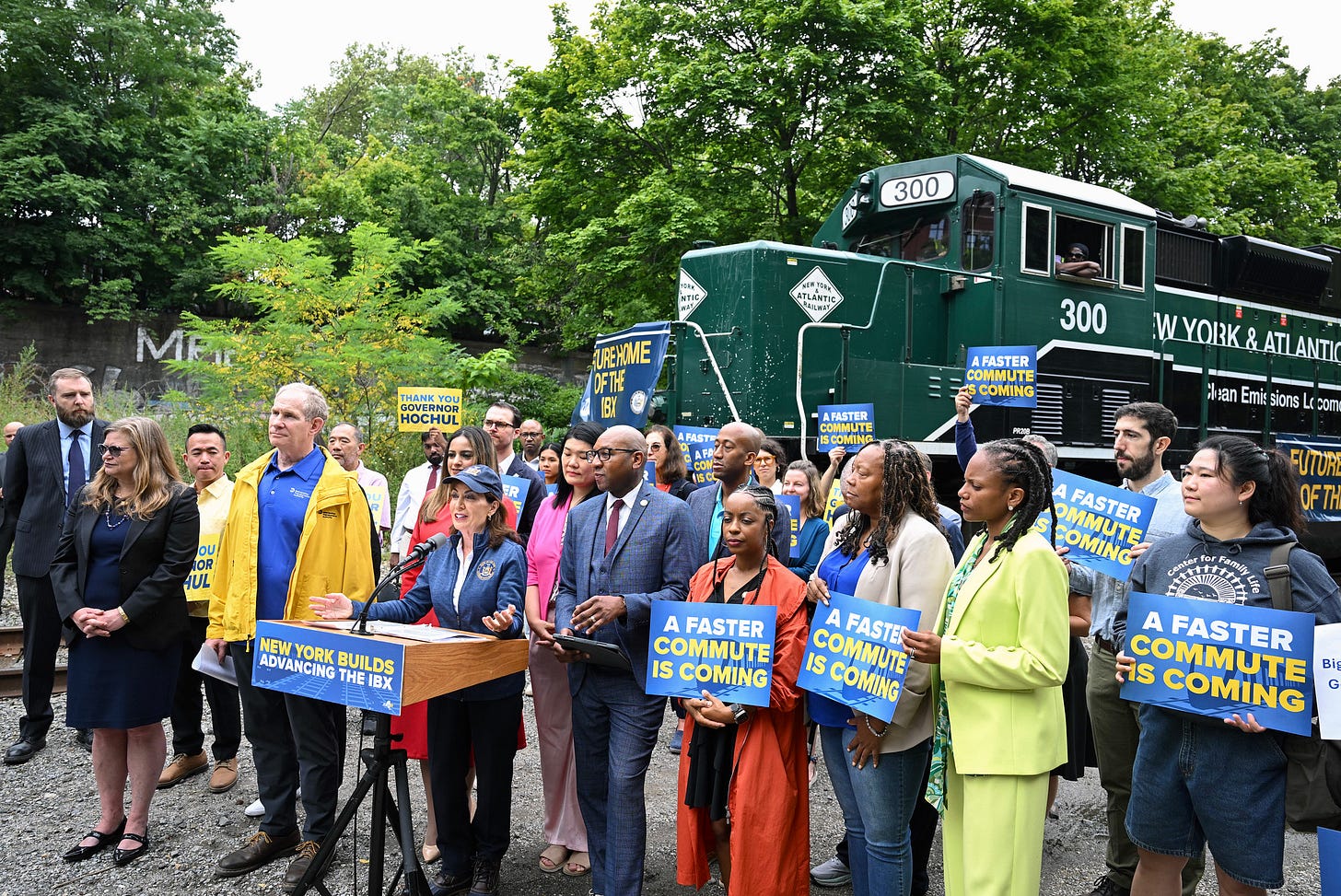

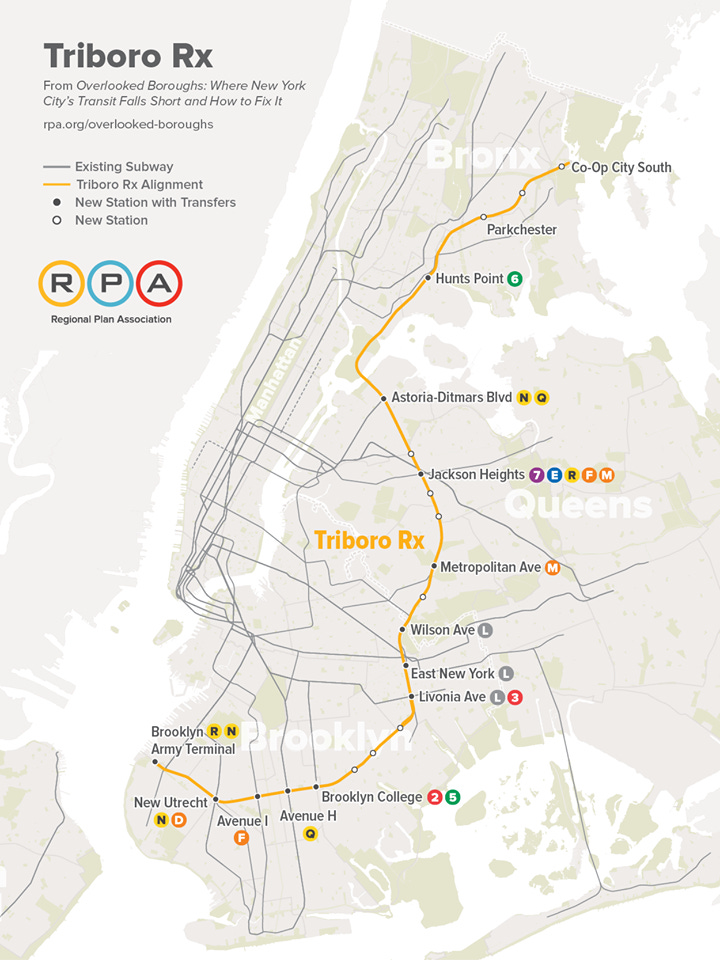
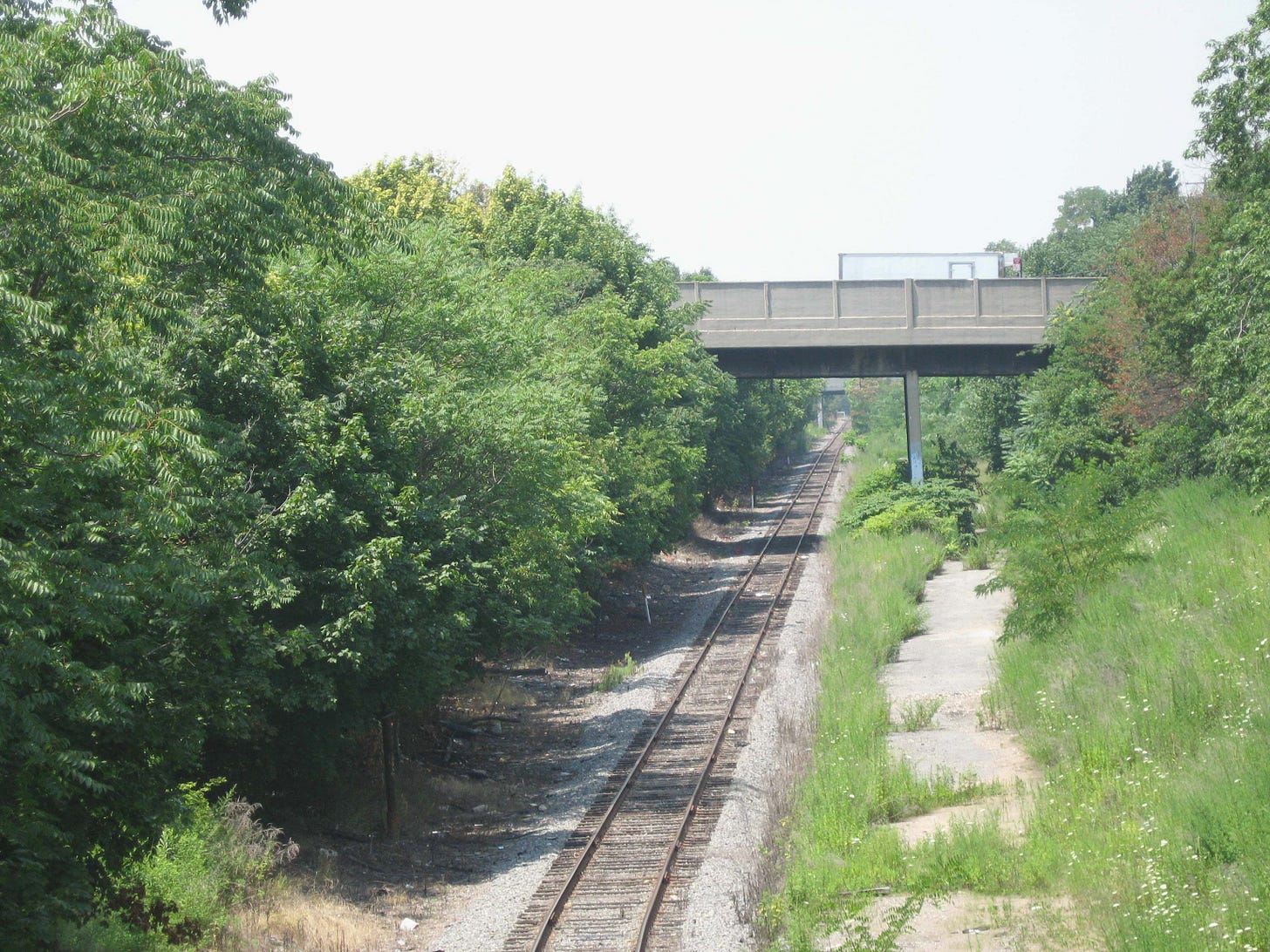

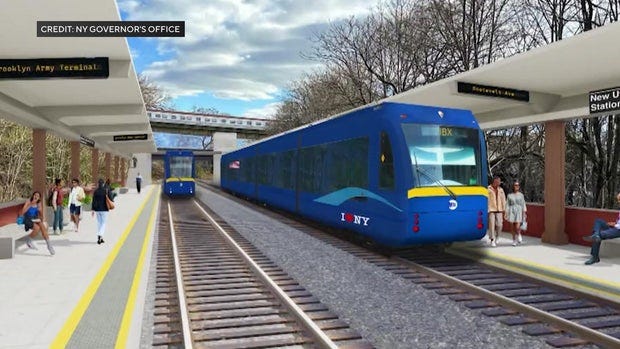
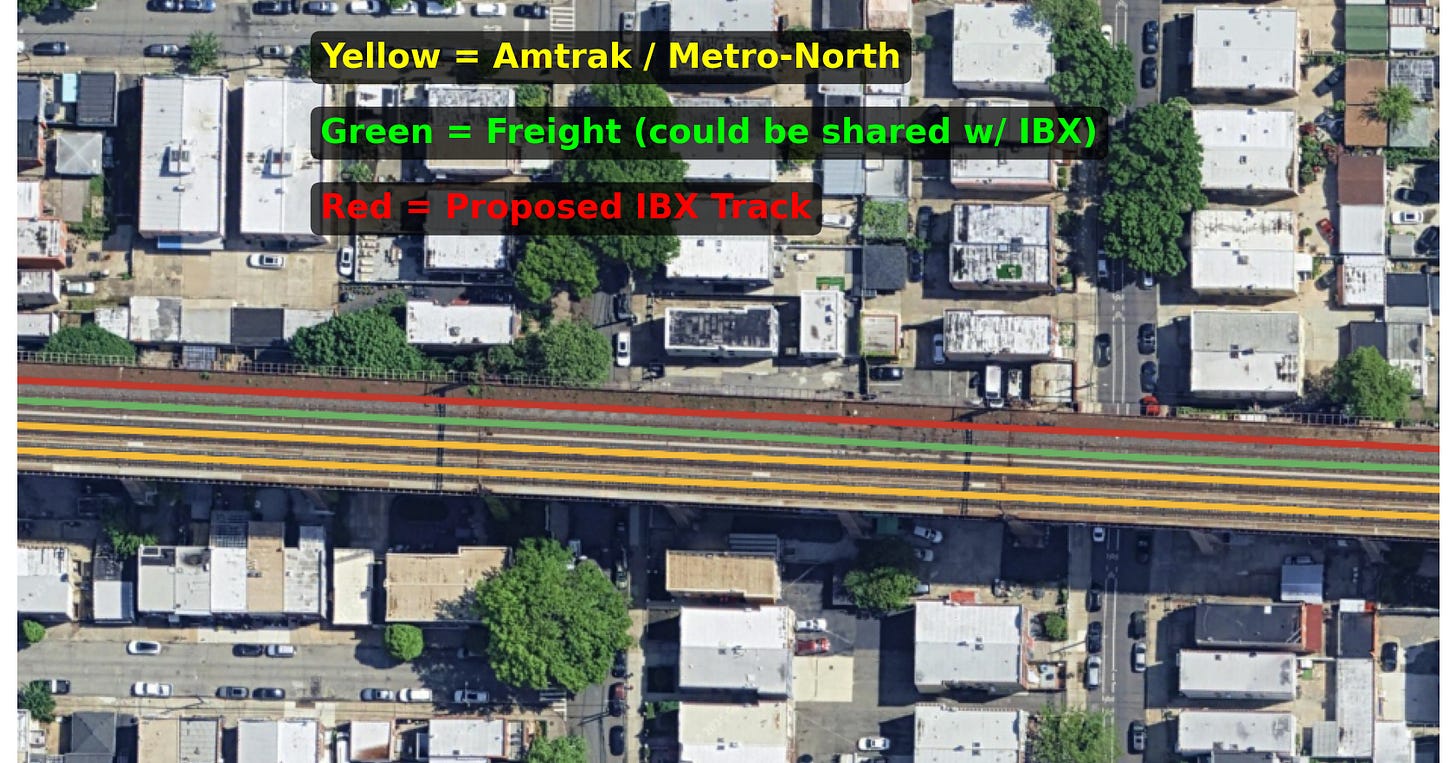
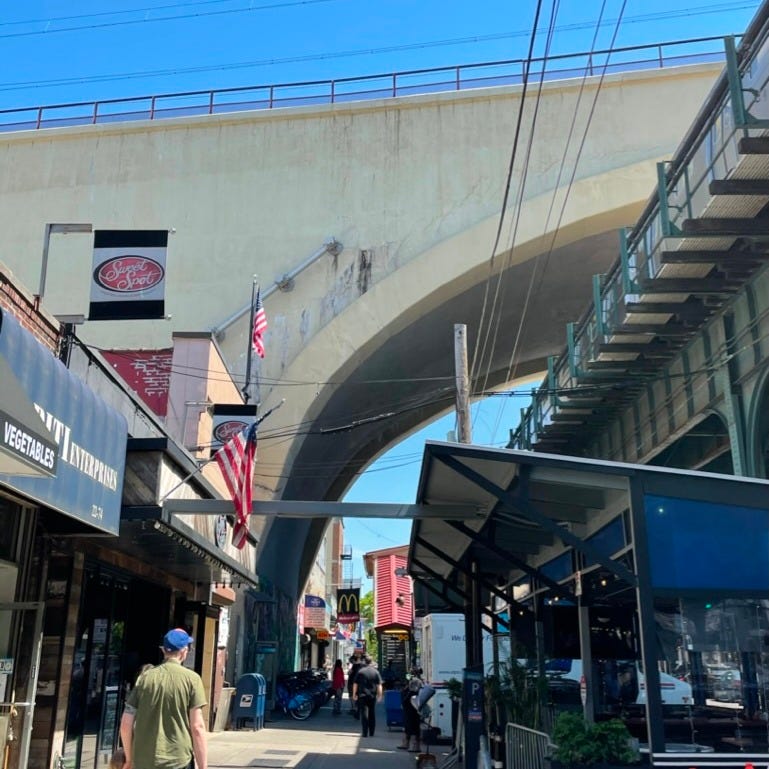
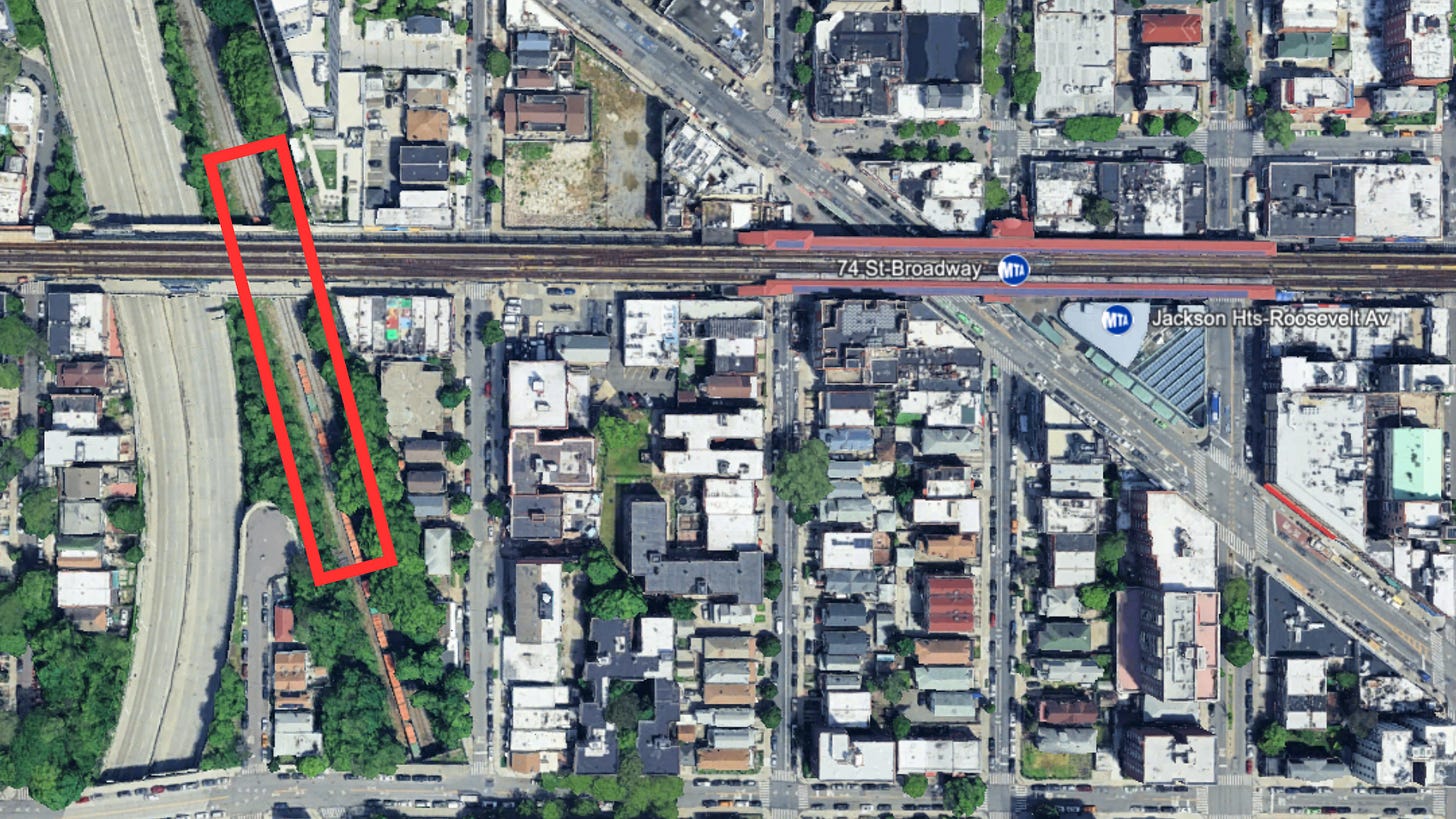

I love that Sam Sklar's Exasperated Infrastructures based his review of the IBX on your review of it. Which is quite meta, and works well.